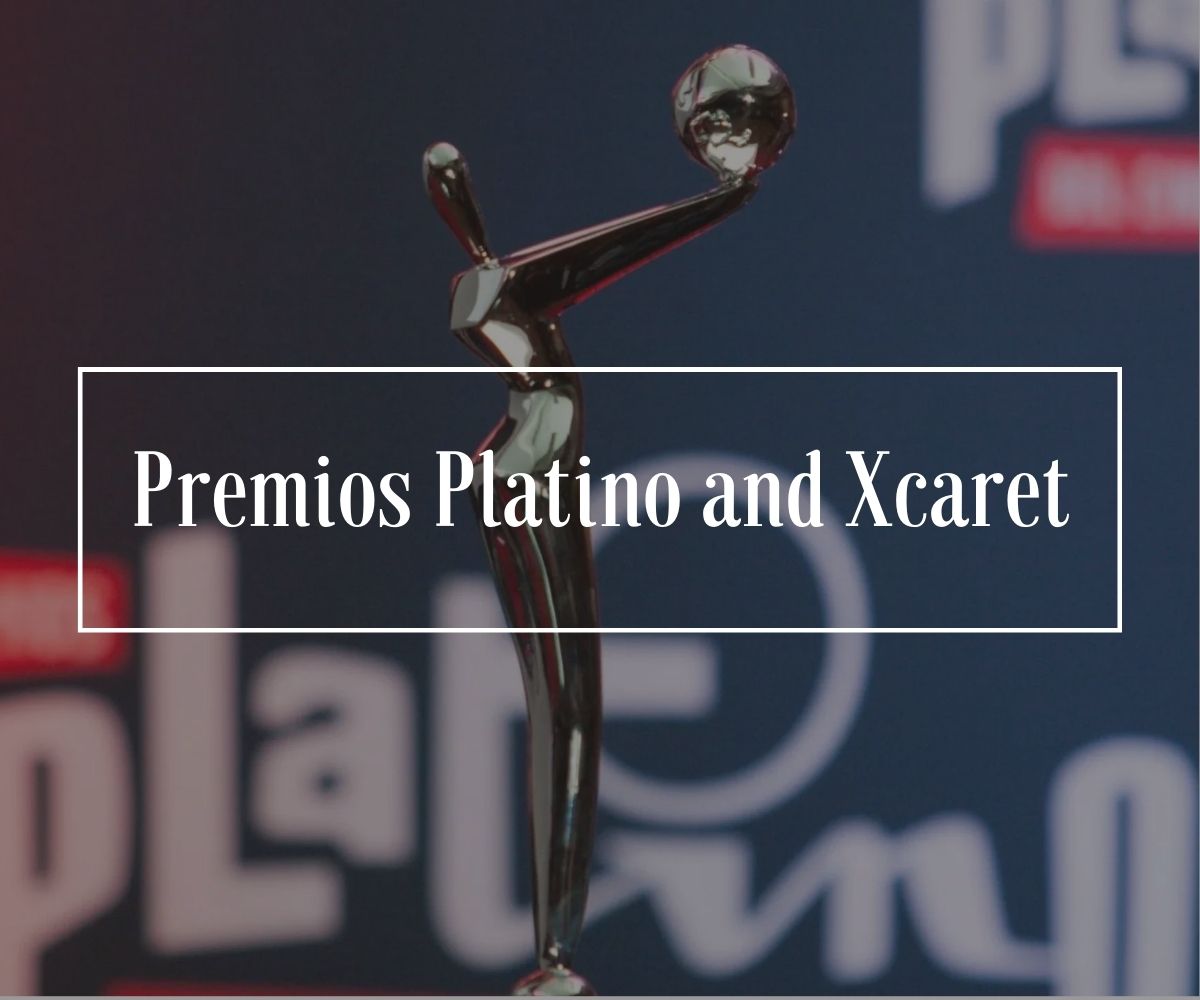
The Cultural legacy of the Mexican Revolution
November 06, 2017
Mexican Revolution
Cradle of heroes, legends, and traditions
The Mexican Revolution is the most significant political, social and cultural conflict in the 20th Century in Mexico and it’s about an armed movement that overthrew the dictatorship of Porfirio Díaz and put the country in the hands of democracy.
Every November 20th we celebrate the start of the Revolution that goes back to 1910 and sowed the seeds of Mexico as we know it. It’s worth to see that this movement cost lot of Mexican lives, close to 1,4 million persons died directly because of the battles, converting it in the historical conflict that caused more deaths in our country only after the Spain conquer.
The legacy of the armed movement is not only in war or politics, but it also leaves us a lot of music, phrases, characters, food and a few traditions that prevail after more than 100 years.

1.- Music
Some say that the army of the Division del Norte attacked their enemies singing some of the most popular songs of that time, others also say that Francisco Villa only needed to raise three fingers and one of the warbands of the Division del Norte started to play his favorite song: Las Tres Pelonas. That was the importance of the music in the Mexican Revolution.
The genre that prevails thanks to the Mexican Revolution is “el corrido.” The warbands and the compositors used to create songs for the armies entertainment in which they told epic stories of the battles. This musical genre transcended and the experts say that the schools started to use those songs to teach history. Nowadays the corridos are part of the Mexican popular culture.
Multiple songs with different versions come to our days, but two of them are the most remembered.
La Adelita: composed by the Villist Sargent Antonio Gil, tells the story of Adela Velarde, a woman who enlisted the army of Francisco Villa at the age of 13 years. The song quickly converted into the anthem of the Revolution armies.
La Marcha de Zacatecas: also known as the “second anthem of Mexico,” it was created thanks to a bet between the composers Genaro Codina and Fernando Villalpando. The one who composes the best march would have the honor of naming the song after their born state, Zacatecas. Genaro Codina created the best one.
It was composed in 1981, but the warbands of the armies during the Mexican Revolution popularized it during the long rides along the country.
We recommend you: Xcaret presents new México espectacular show
2.- Mexican Idols.
The Mexican Revolution wouldn’t have triumphed without the caudillos: Emiliano Zapata from the south and Francisco Villa from the north. Respectively leaders of the Ejercito Libertador del Sur and the Division del Norte. They became part of the history as two characters who fought for the rights of the people, great leaders with great abilities for war.
Francisco “Pancho” Villa: “El Centauro del Norte,” created and led the Division del Norte which became invincible during the Revolution. From Doroteo Arango, his real name, we have the stereotyped image of a smiling chubby Mexican, with two bands with bullets crossing his chest. Some say that he was the first one to scream the famous “Viva Mexico, Cabrones” sic. but we don’t have enough proof to confirm it.
Emiliano Zapata: the caudillo of the south is one of the most remembered characters. The thin man with a big mustache and a charro hat is the image of the revolutionary Mexican. He also gave us phrases such as “if there’s no justice for the people, may there not be peace for the government”. A lot of social movements across Latin America have adopted these phrases.

3.- Phrases and popular saying
The language and the life in Mexico 100 ago were utterly different than we know it nowadays, but there are some phrases and famous sayings that we still use:
“La Bola”: nowadays it’s used like “the squad” or “the gang,” but back in the Revolution Days was used to refer to the revolutionary armies contemptuously.
“Tierra y Libertad”: “Lands and Freedom,” short but concise, it resumes a big part of the Mexican Revolution. It’s attributed to Emiliano Zapata, but the journalist and political Ricardo Flores Magon was the one who said it.
“Carrancear”: it’s a popular Mexican saying that makes reference to corruption. Venustiano Carranza was known for his need for power and money, so the people started to use “Carrancear” for those who steal something.
“Sería magnífico, yo creo, ayudar a hacer un México más feliz”: the whole sentiment of a revolutionary leader as Francisco Villa in just one phrase: “it would be amazing, I believe, helping to create a happier Mexico.”

4.- Food
A lot of the deaths caused by the Mexican Revolution were because of the hunger. The country passed a shortage period that affected the poor people. The meat wasn’t enough, and the lousy nutrition affected the Mexican population directly.
The revolutionary men fed, basically, with tortillas and beans. When they found an animal on their rides, they could eat cat or dog meat, but it wasn’t common.
Actually, a dish that is served in the Mexican houses are the tacos acorazados, which basically is a complete meal in one taco. It’s all about two tortillas with rice and a saucer above it. Then you can eat it like a regular taco. The tacos acorazados won popularity because they were (and are) cheap and easy to digest.
The persons in charge of taking care of the tired and hungry soldiers were the “soldaderas,” nowadays known as “Adelitas.” Their job, besides feeding and taking care of the army, was to take their weapons and fight on the battlefields.
The Mexican gastronomy is famous all around the globe thanks to its variety and flavors. If you want to know more about our antique cuisine, you can read here.

5.- Soldaderas (or Adelitas)
The Mexican woman changed the role gender thanks to the Revolution. The Soldaderas (better known as Adelitas thanks to the corrido of Adelita) were born in the revolutionary armies, and they were women who took the weapons in addition to their healing and feeding the entire army jobs and went to the battlefield to fight for their rights.
A lot of Adelitas had to disguise themselves as men to participate in the sanguinary battles of the Mexican Revolution and fight for their ideals. Nowadays their clothing is typical in the revolutionary yearly festivities.

As you can read, the armed conflict created a before and after in a lot of terms. Mexico was a completely different country before the Mexican Revolution.
Which one do you like the most?

Comments
We had a very interesting conversation with the art curator of Hotel Xcaret Arte about how creative expression can nurture the soul and promote personal growth.

Learn all about the annual Ibero-American Film Awards. If you're a movie fan, you've undoubtedly heard of the Premios Platino; if not, here's some context.

Three very safe ways to explore the Caribbean Sea: Ferry to Cozumel and Isla Mujeres, Snorkeling Tour, and Private Luxury Yacht ride.

Get to know the nighttime activities you can do at Xenses Insomnia in Playa del Carmen and tips to enjoy them to the fullest.

Discover essential packing tips for your unforgettable adventure at Xcaret! From swimwear to sunscreen, ensure you're fully prepared for fun in the sun at this tropical paradise. Plan your trip with confidence knowing you have everything you need packed and ready to go!

Everything you need to know to experience the new Xplor waterslide, both by day and night! Learn the best tips for the most adventurous.

Grupo Xcaret
Hotels
